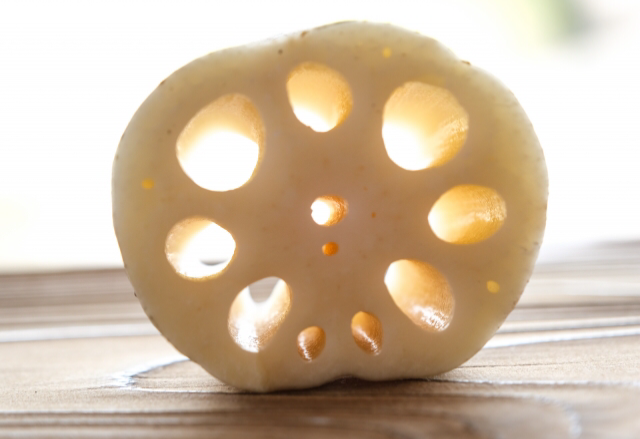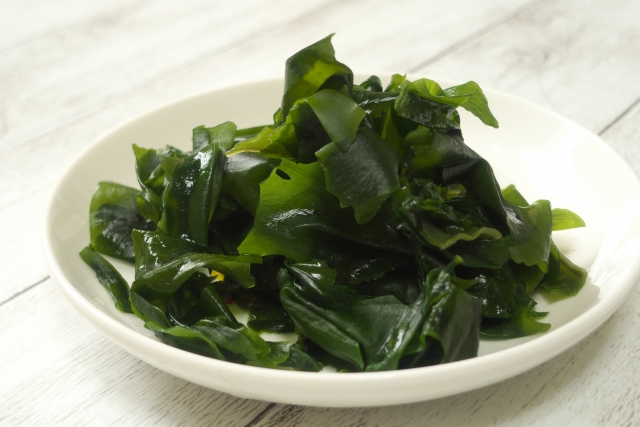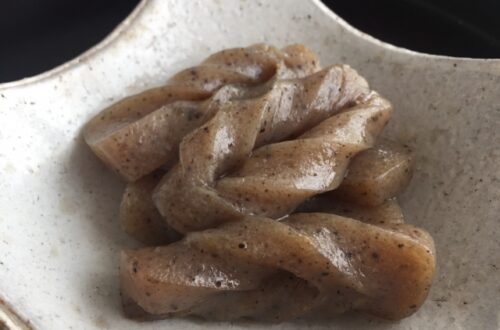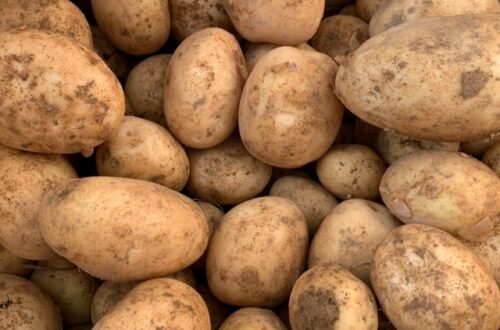
Japanese lotus root(Renkon) will become a world favorite!
Lotus root (renkon) is a vegetable that is mainly eaten in Asia, but recently it has been used in high-end restaurants in the US, and it may spread all over the world in the future!
Lotus root has a lot of different faces, such as differences between western and eastern Japan, and different textures depending on the part! If you cook by taking advantage of its characteristics, you will surely be fascinated by the charm of lotus root that you did not notice.
Vitamin C and potassium are contained in lotus root, and vitamin C has the property of being easily dissolved in water, but lotus root’s one is protected by starch and is hard to break, so it is a vegetable that you definitely want to take positively!
Potassium seems to have a role in lowering blood pressure.
On this page, I would like to introduce the basic knowledge of lotus root.
There is a difference between lotus roots in western Japan and in eastern Japan
There is a big difference in how to make lotus root between western and eastern Japan.
The lotus roots in eastern Japan are buried in muddy water, and looking for lotus roots while holding a hose.
However, lotus roots made in western Japan are buried in the mud. However, since the soil is clayey, use a special hoe to find and harvest lotus roots.
Is there a difference in taste?
Lotus roots grown in eastern Japan take in air from the leaves and grow, so they have large holes and become crispy and fresh.
As of 2020, Ibaraki has the highest production volume.
On the other hand, lotus roots in western Japan have small holes and you can enjoy a chewy texture. Kaga lotus root famous.
You can choose according to your taste, or use it properly according to the dish.
Lotus root has a different texture depending on the part
The lotus roots are connected as shown in the image.

In the case of the lotus root in this image, the lotus root is made in order from the left.
The first lotus root is chewy and also serves as a tie. Suitable for mashing and cooking.
The last lotus root is suitable for salads because you can enjoy the crispy texture.
The lotus root in the middle is a lotus root with good points. It is characterized by its high applicability.
How to choose delicious lotus root
It’s a good idea to choose a lotus root that is thick and heavy. Occasionally there are reddish-brown spots, but don’t worry, this is because it grew up in iron-rich soil.
However, be careful if it’s too white. it may be uses bleach, so you shouldn’t buy it that is unnaturally white.
How to prepare lotus root
The skin of lotus root is thin, so peel it off with a peeler.
After cutting the lotus root, soak it to water to remove the lye. There is no specific time, but the color changes when it touch the air, so I think it’s a good idea to open it in a colander when cooking it.
When making a salad, add a little vinegar to the water to prevent discoloration. You can eat without cooking.
Texture that changes depending on how you cut
You can enjoy various textures of lotus root depending on how you cut it.
When cut into round slices, the fibers are cut off for a soft texture, and when cut vertically, the fibers remain and the texture is crunchy and crispy.
Recipe using lotus root
Vave introduces recipes using lotus root, so please refer to it!
I hope I can continue to introduce you some other recipes.
Click here for recipes using lotus root.
(The image is Texture becomes addictive Lotus root(Renkon) Kinpira) Kinpira teste like Teriyaki.

Rerated article: Is Mirin the protagonist of teriyaki? How to use Mirin




